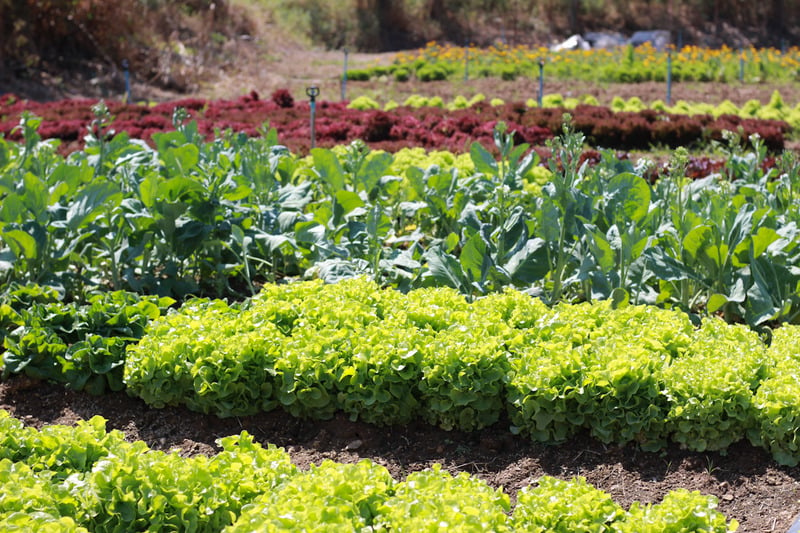In the world of gardening and agriculture, finding ways to optimize plant growth and protect against pests is of utmost importance. One effective and environmentally friendly technique gaining popularity is companion planting. This age-old practice involves strategically planting different crops together to reap a range of benefits. In this article, we'll explore the concept of companion planting, highlighting its advantages in enhancing growth, controlling pests, and maximizing productivity. Join us as we delve into the fascinating world of companion planting and discover how it can revolutionize your gardening experience.
Understanding Companion Planting
Companion planting involves pairing different plants based on their ability to mutually benefit one another. When certain plants are grown together, they can form symbiotic relationships, offering advantages such as improved pest control, enhanced nutrient uptake, and increased pollination. Understanding these dynamics can help you make informed decisions when planning your garden layout.

Enhancing Growth
One of the key benefits of companion planting is enhanced growth. Some plant combinations work together synergistically, promoting healthier and more vigorous growth. For instance, the Three Sisters technique according to the National Agriculture Library, traditionally practiced by Native Americans, involves planting corn, beans, and squash together. Corn provides support for the beans to climb, while the squash acts as a natural ground cover, preventing weed growth and conserving soil moisture. This interplay results in improved nutrient absorption, reduced competition for resources, and increased overall productivity.
Controlling Pests
Companion planting can serve as a natural pest control strategy, reducing the need for harmful chemical interventions. Certain plants emit chemical compounds that repel pests or attract beneficial insects that prey on pests, creating a balanced ecosystem. Marigolds, for example, release a scent that deters aphids, nematodes, and other harmful insects, making them excellent companions for a wide range of vegetables. Similarly, planting aromatic herbs like basil, rosemary, or thyme alongside susceptible plants can repel pests while adding culinary delights to your garden. Another great pest control invest is Bat Houses. Bats are very misunderstood creatures and your garden can benefit by implementing into your local ecosystem. The U.S. Fish & Wildlife Service explain why bats are so important.
Maximizing Productivity
When you carefully select plant combinations in your garden, you can maximize productivity by optimizing space and resources. Tall plants can provide shade for more delicate crops, shielding them from excessive sun exposure. Additionally, fast-growing plants can serve as "nurse" plants, protecting slower-growing ones during their initial stages. Utilizing trellises or vertical gardening techniques can also make the most of limited space, enabling you to grow vine plants like cucumbers or peas alongside other crops.

Companion planting is a valuable technique that allows gardeners to harness the power of nature to enhance growth, control pests, and maximize productivity. By understanding the synergistic relationships between different plants, you can create a thriving garden ecosystem that benefits all its inhabitants. Whether you're an experienced gardener or a novice enthusiast, incorporating companion planting into your gardening practices can unlock a world of possibilities. So, grab your gardening tools, explore various plant combinations, and witness the incredible transformations that companion planting can bring to your garden. Happy gardening!











